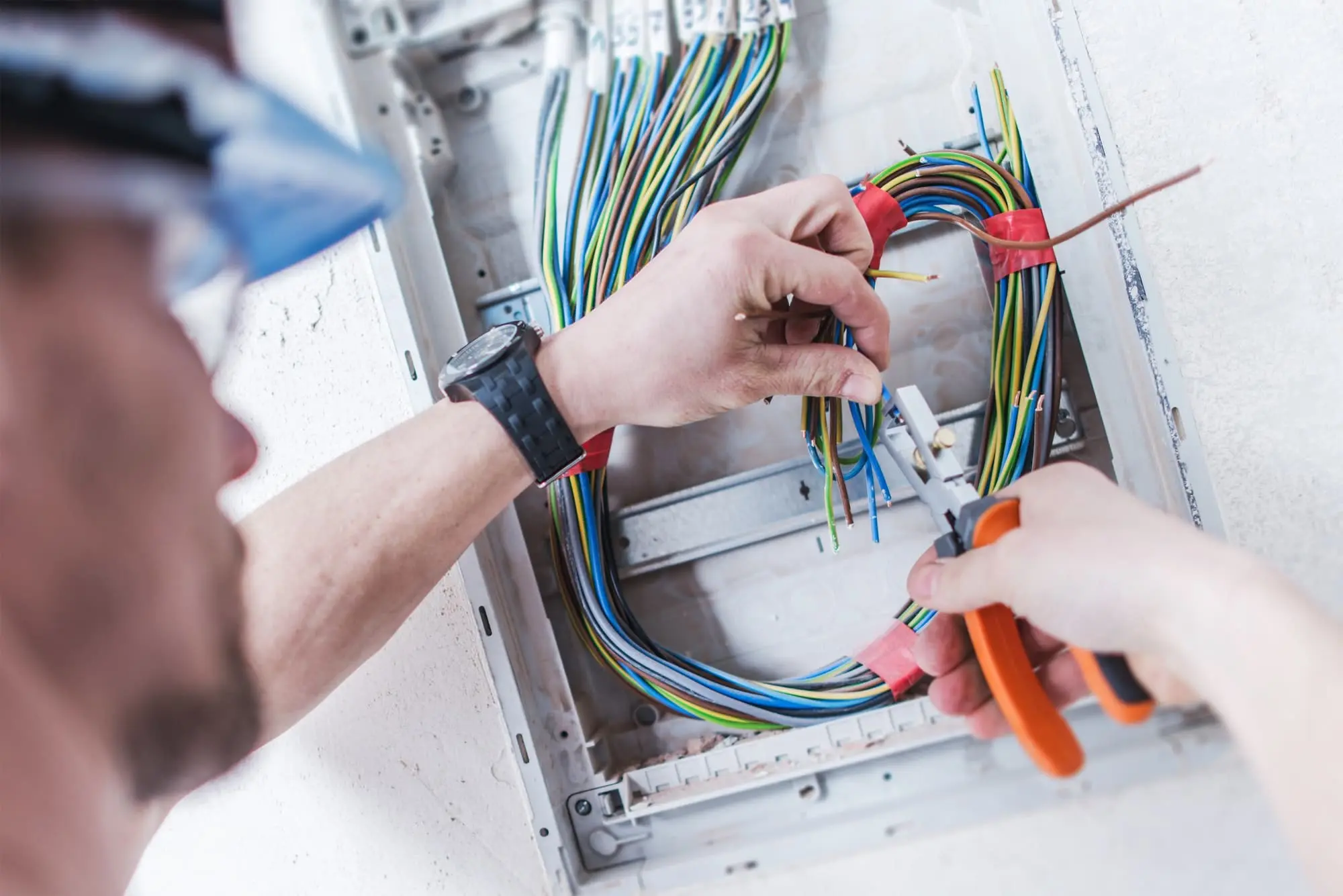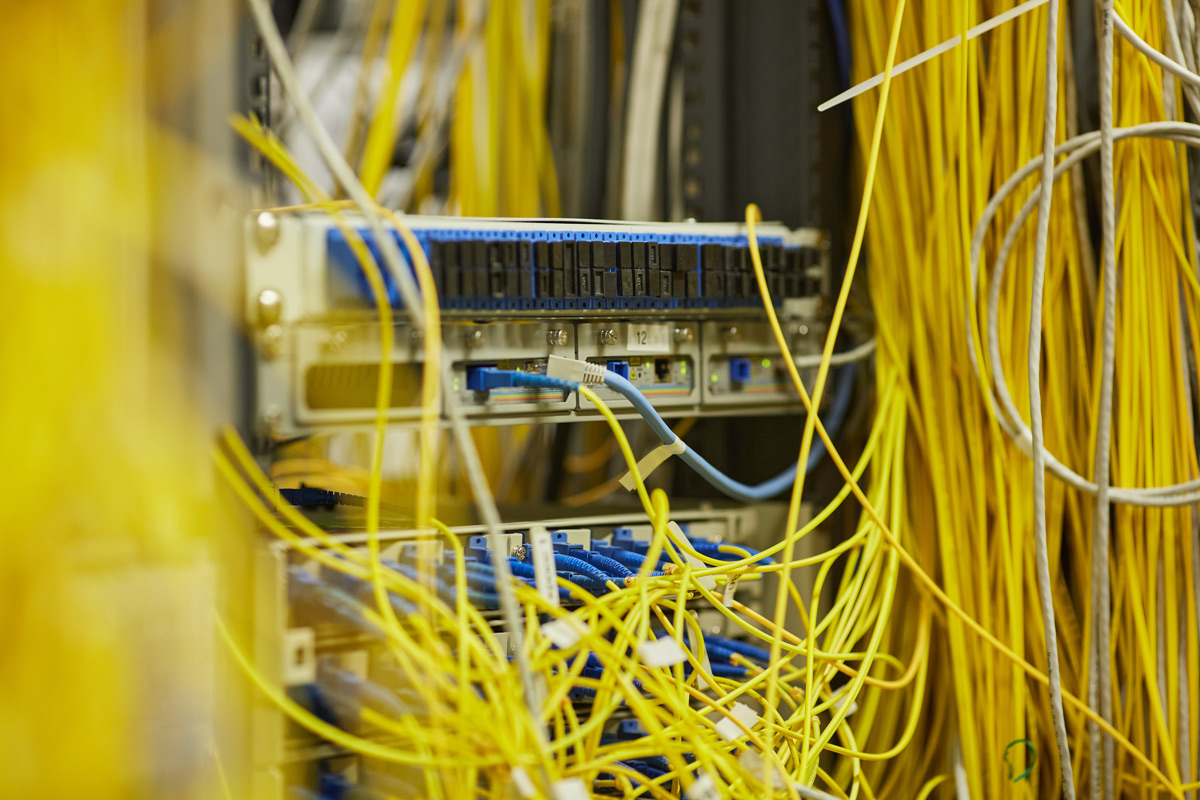
What Do Our Customers Say?
Bryan S.
DOS
Absolutely impressed with the professionalism of this organization. They made our office relocation seamless, handling everything with care and efficiency. Highly recommend their services!
Robert H.
DHA
ZF did an awesome job moving our office, especially the computer equipment. They were meticulous in their process of caring for these high valued items.
Low-Voltage Cabling Solutions
Low-Voltage Cabling FAQ
- What Are the Benefits of Low-Voltage Cabling Solutions?
- How Do Low-Voltage Cabling Systems Differ From Traditional Wiring?
- What Is Involved in the Installation Process of Low-Voltage Cabling?
- What Safety Considerations Are There With Low-Voltage Cabling?
- How Does Low-Voltage Cabling Impact Energy Efficiency?
- What Are the Maintenance Requirements for Low-Voltage Cabling Systems?
Our Low-Voltage Cabling Services
-
Installation
Professional installation with a personal touch. Our team integrates low-voltage cabling into your setup with precision, ensuring everything runs smoothly.
-
Pre-Planning & Design
Tailored planning and design that fit your needs. We collaborate with you to create a cabling solution that's efficient today and adaptable for tomorrow's challenges.
-
Raceway & Cable Tray Provisions
Reliable and accessible cable management. Our raceway and cable tray solutions are designed for both durability and ease, keeping your cables organized and protected.
-
End-to-End Solutions
Comprehensive cabling services from start to finish. We cover all bases, from initial advice to installation and maintenance, ensuring your network is robust and future-ready.
What Are the Benefits of Low-Voltage Cabling Solutions?
Low-voltage cabling offers a range of benefits, including enhanced security, reliability, and speed of operations. It’s an energy-efficient solution that simplifies and streamlines network infrastructure compared to traditional cabling. Low-voltage cabling is safer due to its relatively lower voltage, reducing the risk of electrical hazards. This type of cabling is also known for its simplicity in installation and its ability to efficiently handle data and power needs.
At Zero-Foxtrot, we understand the importance of these benefits and integrate them into our low-voltage cabling solutions. Our services are designed to enhance your company’s operational efficiency, ensuring a secure, reliable, and fast network. We focus on providing energy-efficient cabling solutions that are not only safe but also easy to manage and maintain. With Zero-Foxtrot, you’re choosing a partner that values the safety and efficiency of your network infrastructure.

How Do Low-Voltage Cabling Systems Differ From Traditional Wiring?
Low-voltage cabling systems and traditional wiring differ primarily in their voltage requirements and applications. Low-voltage wiring is more efficient for systems under 50 volts, typically used for infrastructural technologies like internet, phone lines, and security systems. It requires less current to operate, making it a safer and more energy-efficient choice. Traditional wiring, on the other hand, is designed for standard voltage levels, often around 120 to 240 volts, and is used for powering electric stations and municipal networks.
At Zero-Foxtrot, we specialize in low-voltage cabling solutions that are tailored to meet the specific needs of modern infrastructures. We understand the unique advantages of low-voltage systems and implement them in a way that maximizes efficiency and safety. Whether it’s for data, communication, or security systems, our solutions are designed to provide reliable and high-quality performance.

What Is Involved in the Installation Process of Low-Voltage Cabling?
The installation process of low-voltage cabling starts with pre planning, including selecting a suitable location for the control room or structured cabling enclosure. This will be the central point from which all cabling will be distributed. Installation involves directly burying the cable, laying it in a cable trench, or using conduits. It’s important to ensure that low-voltage wires are installed at a safe distance from the main electrical system of the building, typically at least a foot away, to avoid interference and maintain safety standards.
Zero-Foxtrot’s approach to low-voltage cabling installation is tailored to your project’s specific requirements. Our team of experts plan carefully to ensure that every aspect of the installation process is handled with precision, from choosing the right location for the control room to implementing the most effective cabling routes. We prioritize safety and efficiency, ensuring that our low-voltage cabling solutions are installed with minimal disruption and maximum effectiveness.

What Safety Considerations Are There With Low-Voltage Cabling?
Safety in low-voltage cabling is crucial. Key safety protocols include planning and taking protective measures such as using the right tools and protective equipment. Regular inspections are also important to detect signs of wear and tear, loose connections, and faulty wiring. These can all pose a danger if left undetected. Keeping up with these safety practices ensures a safe working environment and the longevity of the cabling system.
Zero-Foxtrot places a high priority on safety in all our low-voltage cabling projects. Our team is trained with strict safety standards, ensuring that every installation or maintenance task is performed with attention to detail. We conduct thorough inspections and follow best practices to prevent any safety hazards. Our commitment to safety not only protects you and our team but also ensures the integrity and reliability of your cabling system.

How Does Low-Voltage Cabling Impact Energy Efficiency?
Low-voltage cabling is highly regarded for its energy efficiency, which is a key factor in its growing popularity, especially in commercial and new construction settings. These systems operate at lower voltage levels, which leads to reduced energy consumption and, consequently, lower energy costs. The efficiency of low-voltage systems is not just about energy savings; it also includes safety benefits, reduced cable size, and overall energy conservation, making it an environmentally friendly choice.
Zero-Foxtrot’s low-voltage cabling solutions are designed with energy efficiency in mind. Our systems are tailored to reduce operational costs and energy usage, providing an eco-friendly alternative to traditional cabling systems. This focus on energy efficiency is not just good for your budget; it’s also a step towards a more sustainable future. By choosing our low-voltage solutions, you’re opting for a system that’s efficient, cost-effective, and environmentally responsible.

What Are the Maintenance Requirements for Low-Voltage Cabling Systems?
The maintenance requirements for low-voltage cabling systems are generally minimal yet essential for longevity and reliability. Regular inspections are a key part of maintenance, involving checks for wear, damage, or corrosion on cables, connectors, and devices. Replacing any faulty components promptly is crucial. Cleaning and inspecting low-voltage power distribution equipment as part of preventive maintenance helps in maintaining the system’s efficiency and preventing potential issues.
Zero-Foxtrot’s commitment to quality extends beyond installation to any maintenance projects you are looking for. We understand that even the most reliable systems require regular check-ups to maintain their performance. Our maintenance services are designed to ensure that your cabling system remains in top condition, with minimal downtime and maximum efficiency. We provide regular inspections and preventive maintenance, ensuring that any potential issues are addressed promptly and effectively.
Why Choose Zero-Foxtrot?
[wcu]





